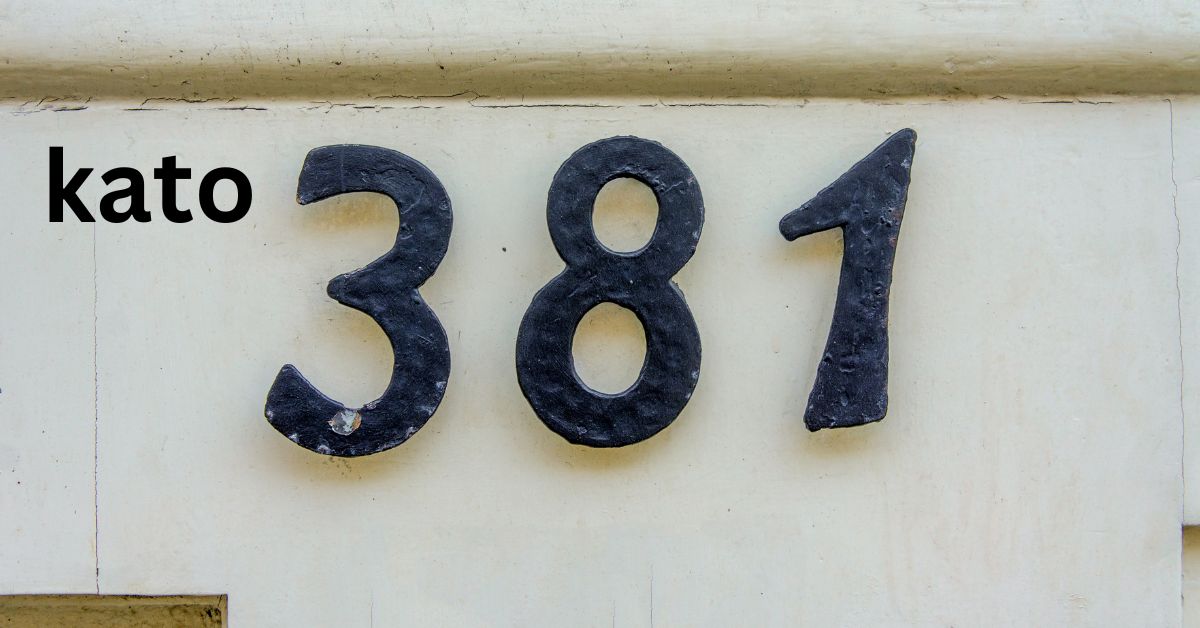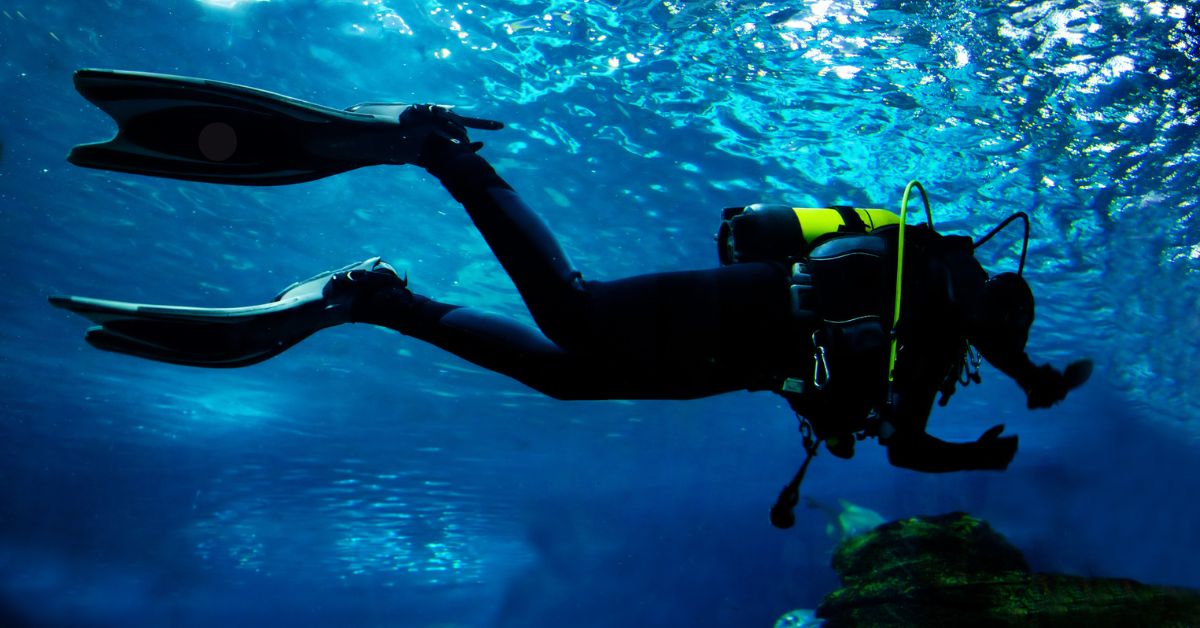Introduction to Kato 381 Series Weathering
Kato 381 Series Weathering refers to the process of applying realistic aging effects to model trains, specifically the Kato 381 series. Weathering is an essential aspect of model railroading that adds authenticity and character to your trains. By mimicking the natural wear and tear that locomotives and cars endure over time, modelers create more lifelike and compelling scenes. If you’re looking to improve the appearance of your Kato 381 Series trains, understanding the techniques and methods of kato 381 series weathering is a great place to start.
In this article, we’ll dive deep into the art of kato 381 series weathering, how it enhances your model trains, and the tools and methods you can use to achieve professional-looking results.
What is Kato 381 Series Weathering?
Kato 381 Series Weathering is the practice of adding realistic signs of aging to the model trains, typically to replicate the effects of exposure to weather, dirt, and general usage. The Kato 381 Series refers to a specific line of model trains produced by Kato, known for their high quality and attention to detail. Weathering these models helps to further enhance their realism by adding effects such as rust, dirt, grime, and fading paint.
In the world of model railroading, weathering can range from subtle and minimal effects to heavy and dramatic aging, depending on the desired look and the specific train’s operational history.
Why is Weathering Important for Model Trains?
The purpose of kato 381 series weathering is to add character and a sense of history to the models. Just like real trains, model trains can accumulate dirt, rust, and weather marks over time. These small details make a huge difference in creating a scene that feels realistic. Weathering enhances the visual appeal and adds a level of authenticity that stands out when viewed up close.
What Makes the Kato 381 Series Special for Weathering?
The Kato 381 Series is a popular choice among model train enthusiasts because of its precision and high-quality construction. The level of detail in Kato’s trains offers modelers a fantastic canvas for weathering. The 381 series, in particular, has a distinctive look with clean lines and detailed paintwork, making it a prime candidate for weathering to bring out the details and make the model appear more like a real train.
Techniques for Kato 381 Series Weathering
There are various methods used in Kato 381 Series Weathering, each giving different results. Some modelers prefer light weathering, while others like to go for a heavily distressed look. Let’s explore some of the most popular techniques used in the weathering process.
1. Dry Brushing for Subtle Effects
One of the most popular techniques for kato 381 series weathering is dry brushing. Dry brushing involves loading a small amount of paint onto a brush and wiping most of it off before applying it to the model. This technique allows you to add light surface weathering, such as dust, grime, or faded paint.
How to Apply Dry Brushing:
- Choose an appropriate weathering paint (usually a light brown, gray, or rust color).
- Dip a dry brush into the paint and remove most of the excess.
- Lightly brush over the surfaces of the train, focusing on edges, seams, and areas where dirt would naturally accumulate.
- Gradually build up layers to create a realistic effect, always allowing the paint to dry between coats.
This technique is great for adding subtle details like dirt on the sides of the carriages or light rust along the wheels and tracks.
2. Airbrushing for Deeper Weathering
For those looking to apply a more detailed and deeper weathering effect to their Kato 381 Series, an airbrush is a fantastic tool. Airbrushing allows for even coverage and subtle gradients, making it perfect for creating effects like rust streaks, fading paint, or soot accumulation.
Airbrushing Techniques:
- Use a combination of light brown, black, and gray to create natural weathering effects.
- Apply thin layers of paint, building them up gradually.
- Focus on areas like the undercarriage, exhaust ports, and around the wheels, where grime and rust naturally accumulate.
- Use a low-pressure setting to avoid excessive paint buildup and to achieve a more realistic finish.
With airbrushing, you can achieve the desired intensity of kato 381 series weathering, from light dirt and weathered edges to heavily rusted sections.
3. Washes for Detail and Depth
Washes are a great way to enhance the details of your Kato 381 Series model trains. A wash is a very diluted paint or pigment that flows into the crevices and recesses of the model. It adds depth and highlights the intricate details of the train, giving it a more realistic appearance.
How to Apply a Wash:
- Mix a very diluted paint (usually black, brown, or gray) with water or thinner.
- Apply the wash generously to the entire model, allowing it to flow into the crevices.
- Use a clean brush to remove any excess wash from the flat surfaces.
- Let the wash settle and dry, and if necessary, apply additional layers to build up the effect.
Washes work well for adding grime and soot to the undersides of Kato 381 Series locomotives, as well as deepening the color around rivets, door seams, and other detailed areas.
4. Pigments for Rust and Dirt Effects
Pigments are an excellent tool for adding rust, dirt, and other weathered textures to your kato 381 series weathering. These powders are easy to apply and can be blended to create custom weathering effects, from light dust to heavy rust.
How to Use Pigments:
- Apply pigments directly to the model using a soft brush.
- Use different shades of pigments to create depth (e.g., rust-colored pigment for rust, light brown for dirt).
- To make the pigments stick to the model, lightly mist the surface with a fixer or matte medium.
- For an even more dramatic effect, apply a heavier layer of pigment to areas where weathering would be most pronounced, like around the wheels or undercarriage.
Pigments are great for achieving very realistic rust marks and dirt stains, especially for those looking to replicate trains that have been exposed to harsh conditions.
Final Touches: Sealing Your Kato 381 Series Weathering
Once you’ve completed the weathering process, it’s important to seal your Kato 381 Series Weathering with a protective finish. This will prevent the weathering effects from rubbing off during handling and ensure that the paint stays intact.
1. Matte or Satin Finish
Using a matte or satin finish is ideal for sealing your weathered train. These finishes give the model a more natural, non-glossy look that matches the weathered appearance you’re going for.
Application Tips:
- Spray a light layer of matte or satin varnish over the entire model.
- Allow the varnish to dry completely before handling the model.
- Use a clear coat if you want to preserve the weathered look for a longer period.
This final step will give your kato 381 series weathering a professional, long-lasting finish.
Conclusion: Bringing Realism to Your Kato 381 Series
Kato 381 Series Weathering is a fantastic way to enhance the realism of your model trains. Whether you prefer a subtle dusting of dirt or a heavily weathered, rusty appearance, there are various techniques and tools available to achieve the perfect look. By using methods such as dry brushing, airbrushing, washes, and pigments, you can bring out the best in your Kato 381 Series models.
Remember, the key to successful weathering is patience and practice. With time, you’ll develop your own unique style and approach to Kato 381 Series Weathering, resulting in a truly personalized and lifelike model train collection.




